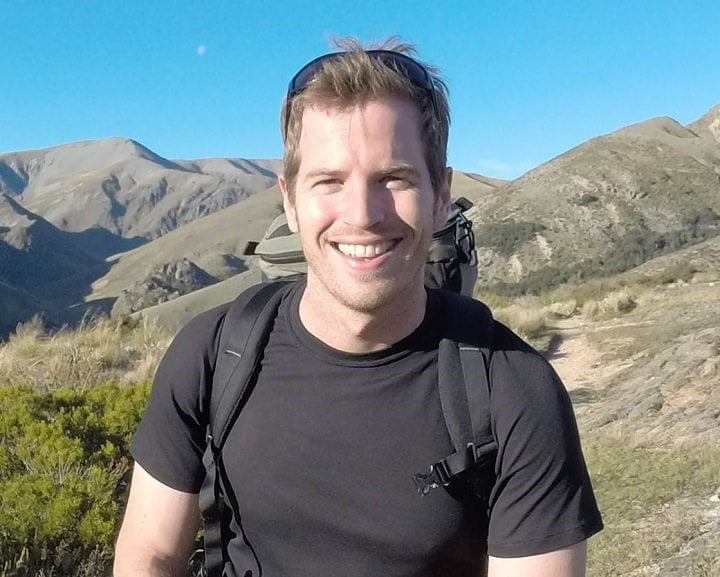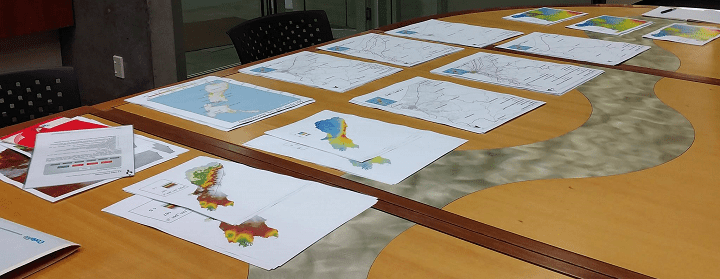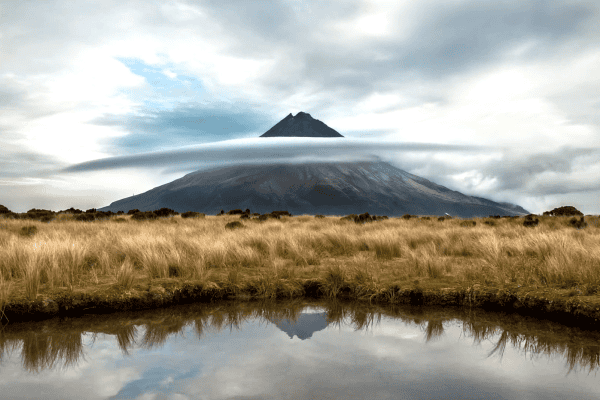Rethinking Rural Disaster Risk Reduction
16/03/2018
By Tyler Barton
The resilience of New Zealand’s rural areas is of national economic significance, with its diverse primary industries and businesses underpinning our regional economies. Equally important is its vital contribution to the social and cultural fabric of the nation. Rural New Zealand has specific needs and challenges in the face of natural hazards, which are often not adequately addressed in current responses and management plans. Tyler Barton, a PhD student at the University of Canterbury, aims to address this issue with research funded by the Resilience to Nature’s Challenges Rural programme. He is using the response and recovery of rural areas impacted by the November 2016 Hurunui / Kaikōura Earthquake as a case-study to improve understanding of rural disaster impacts, and of how rural communities engage with national response and recovery agencies. Alongside this, he is examining a South-Island wide science/policy collaborative project focused on preparing for a major Alpine Fault earthquake. He is using the Alpine Fault project to figure out what contributes to the most effective communication of “useful, usable, and used” hazard research to those who need it, particularly in rural areas.

The Hurunui / Kaikōura earthquake in November 2016 had huge impacts on rural communities, particularly those in the primary industries and tourism sector. In response, these communities demonstrated amazing adaptability and innovation, as have many other rural communities affected by disasters throughout New Zealand. Support from governmental and non-governmental agencies swung into action quickly, providing timely and useful response and recovery assistance. Disasters like this help us to improve our understanding of the range of impacts experienced by these rural communities, and show us how effective the disaster risk management activities and strategies used at the time were. We can use this knowledge to increase disaster resilience in the rural sector.
Tyler has held interviews and workshops with individuals, organizations, and government agencies that were involved in response and recovery operations after the Kaikōura earthquakes. These are being used to bring together often differing local, regional and national level perspectives and experiences, to build a clearer picture of the way response and recovery unfolded in this rural context. Policy and decision-makers based in cities aren’t always aware of the range of natural hazard impacts experienced by rural communities. Because of this, sometimes those who arrive in the region from urban centres to support response and recovery activities may expect response priorities that differ from those of local communities. This case study makes it possible to apply a rural lens to current national disaster resilience policy, to identify pinch-points, and to provide recommendations concerning disaster risk management in rural contexts.

The second part of Tyler’s work focuses on the way researchers communicate disaster risk science and potential disaster impacts in rural areas to groups like response agencies and communities. To gain a better sense of what fit-for-purpose risk reduction research and information looks like in this context, Tyler’s doctoral project examines the co-creation processes used during Project AF8. This South Island-wide programme brings together emergency responders, public and private practitioners, and research scientists to collaboratively prepare for a future large magnitude earthquake along the Alpine Fault. Project AF8 is an excellent example of researchers and practitioners coming together to discuss and co-create the information needed by high level emergency managers in New Zealand during such an event. By studying the processes used in Project AF8, Tyler will gain a better understanding of the needs and priorities of Civil Defence. His findings will be useful in a range of other areas where practitioners need high quality scientific information that is relevant to their specific needs.

Tyler’s project aims to: increase understanding of the ways in which a disaster risk reduction policy that was not designed for rural contexts has informed recent disaster risk management in rural New Zealand; provide recommendations concerning adapting current approaches to address rural needs and for those wishing to communicate fit-for-purpose hazard research to disaster risk and resilience information end users. The goal is to increase the resilience of rural communities to future disasters.



